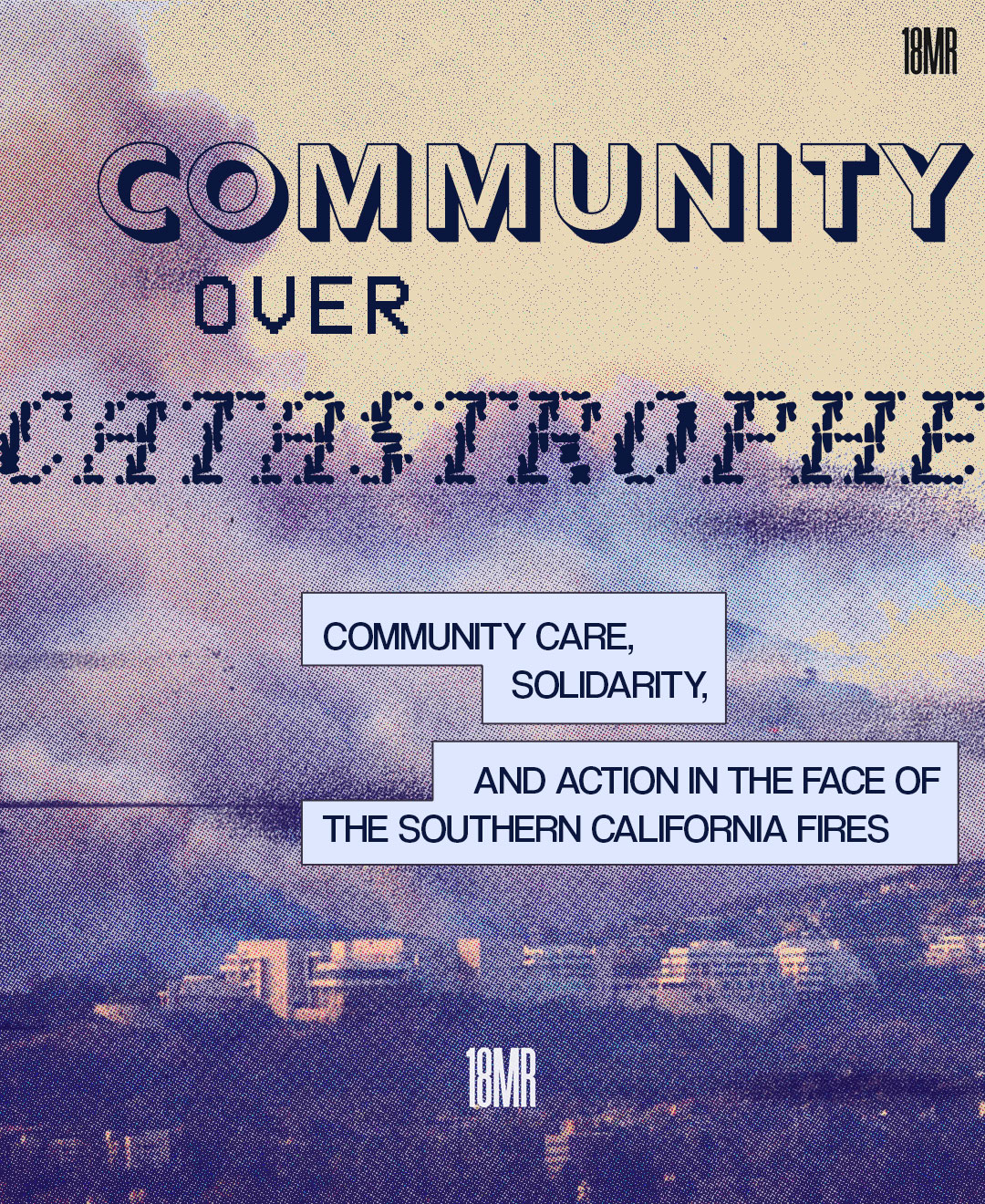I am lucky. In the lottery of life, I have hit the jackpot. I have scratched off my ticket and won the prize of college educated parents. I live in a safe neighborhood, and I am fortunate enough to attend a local high school that celebrates diversity of all kinds, fosters excellence, and supports all of its students. Thanks to the diversity of the student population, I have become a better student and a more informed citizen of California. That’s why I support the Senate Constitutional Amendment Number 5 (SCA5).
SCA5 is the California Senate’s attempt to repeal parts of 1996’s Proposition 209, which barred race-based admissions policies in California’s public universities. The purpose of SCA5 is to increase the numbers of Latinos, African Americans and other members of underrepresented groups on California’s campuses.1 Unfortunately, SCA5 has stopped at the steps of the California State Assembly. The Democrats in the state legislature have given up their efforts to bring the issue to the voters in November.2
SCA5 raised the ire of some Asian American organizations who felt it would hurt Asian American applicants by decreasing the available spots on college campuses. Some, such as the 80-20 National Asian American Political Action Committee, have gone so far as to say that “SCA5 is a ‘Yellow Peril Act’, a 21st century version of the ‘Chinese Exclusion Act of 1882’, aimed specifically to impose a quota-like ceiling on the AsAm students. . . .”3 This sort of rhetoric might be effective in rousing up supporters, but it both misrepresents the intended purpose of SCA5, which is to work towards greater access for underrepresented groups in higher education, and minimizes the ugliness and racism of some aspects of U.S. public policy.
Let’s look beyond the inflammatory rhetoric at the numbers. What does a UC campus really look like today? One of the jewels of the University of California system is UC Berkeley, and my mom’s alma mater. In the fall of 2013, Berkeley’s class of first year students is made up of 14-15% of underrepresented ethnicities. Within this group, there were 133 African Americans (2.8%), 530 Latino/Chicano/Hispanic students (11.4%), 18 Native Americans (0.4%), and 8 Pacific Islanders (0.2%). The 889 Chinese American students represented 18.9% of the freshman class, while 249 Korean Americans represented 5.3% of the entering class. Whites comprised about the same number of Korean and Chinese American students combined, about 24.8% of the class. Asian Americans represented almost 40% of the entering class in the fall of 2013.4
UC Berkeley’s class of 2017 clearly does not look like California. This year, 39% of Californians identify as Latino, 38.8% are white, 5.8% are African American, and about 13% are Asian or Pacific Islander.5 This incongruity leads to the question: will future generations of Californians be equipped with the education to support the state’s health? Is keeping higher education inaccessible to the majority of Californians an effective way to ensure a robust future? According to the Institute for the Study of Societal Issues at UC Berkeley, “college completion would represent far and away the best investment return for both individuals and the state. The next generation of college graduates will contribute significantly to the future of the state and its residents….”6 If we don’t ensure that California’s population has access to higher education, what will happen to our state?
While the student body need not be an exact mirror of the state’s population, as a state, we need to do a better job of educating students from underrepresented communities while ensuring that all communities feel heard and respected. Even within the Asian Pacific Islander American community, we need to be doing a better job of providing representation for Pacific Islanders and Southeast Asians in higher education. At UC Berkeley, the rate of admission of Pacific Islanders is even lower than the rate for underrepresented ethnicities as a whole.7
Many opponents of SCA5 argue that fairness demands that university admissions be based on merit alone. By merit, they are referring to applicants’ grade point averages (GPAs) and standardized test scores. This is appealing because it provides a simple proxy for intelligence and “worth,” which works out well for some members of the Asian American community, like me. I know what I need to do to meet these standards because my family and teachers provide me with the information, means, and expectations to do so. Thus, under this system, I have a clear advantage. And that’s why this merit-based system isn’t as fair as it may seem. If you come from a family of college-educated people, you have more knowledge about the college application process. You know about the SAT, the ACT, and test prep courses. You know about AP classes. You know how the system works. But if even grades and test scores were absolutely fair, they would still fall woefully short as they don’t account for a large portion of what students have to offer, such as their life experiences and their ability to overcome obstacles. While GPA and test scores are important (just ask my parents), these numbers are inadequate measures of ability, character, and potential.
How do I know this? On a daily basis, teachers from many different communities and perspectives expand my mind with ideas that defy simple quantification. I sit next to students from various socio-economic, linguistic, and religious communities that demand that I expand my outlook beyond textbooks. At my school, 10% of my fellow students are Asian, 48% are white, 25% are Latino, and 10% are African American; 22.9% are from economically disadvantaged backgrounds; and 7.4% are English learners.8 I benefit in ways that I couldn’t if we were all from similar circumstances, and when I eat lunch with my friends, fool around in the hallways, and wrestle with my teammates, I share failures, plan schemes, and dream big with them all.
Some might say that I am arguing against my own self-interest. But I–an Asian American of Chinese and Korean descent and a son of the great state of California–am actually a beneficiary of the type of community that can be built by measures like SCA5. I am one of the lucky ones. Unfortunately, thanks to the California assembly, students at our public universities can’t say the same.
Guest blogger Jason Fong is 14 years old and is a 9th grader at Redondo Union High School in Redondo Beach, California.
References
- Bill Analysis: Senate Constitutional Amendment 5
- “Demorats scrap affirmative action amendment,” Fenit Nirappil, BakersfieldNow.com
- “SCA 5: First Victory and Empowerment,” 80-20 National Asian American PAC
- UC Berkeley Fall Enrollment Data
- “In 2014, Latinos will surpass whites as largest racial/ethnic group in California,” Mark Hugo Lopez, Pew Research Center Fact Tank
- “California’s Economic Payoff: Investing in College Access and Completion,” Dr. Jon Stiles, Dr. Michael Hout, & Dr. Henry Brady, Institute for the Study of Societal Issues, UC Berkeley
- Asian Americans and Pacific Islanders in California: How Higher Education Diversity Benefits Our Communities, Asian Americans Advancing Justice-Los Angeles
- Redondo Union High School: School Description and Mission Statement




 UPDATE 11/4/24 Download our FREE ZINE for you to print out, fold and distribute to your community. Though the Marathon is over, we still must inform […]
UPDATE 11/4/24 Download our FREE ZINE for you to print out, fold and distribute to your community. Though the Marathon is over, we still must inform […]




